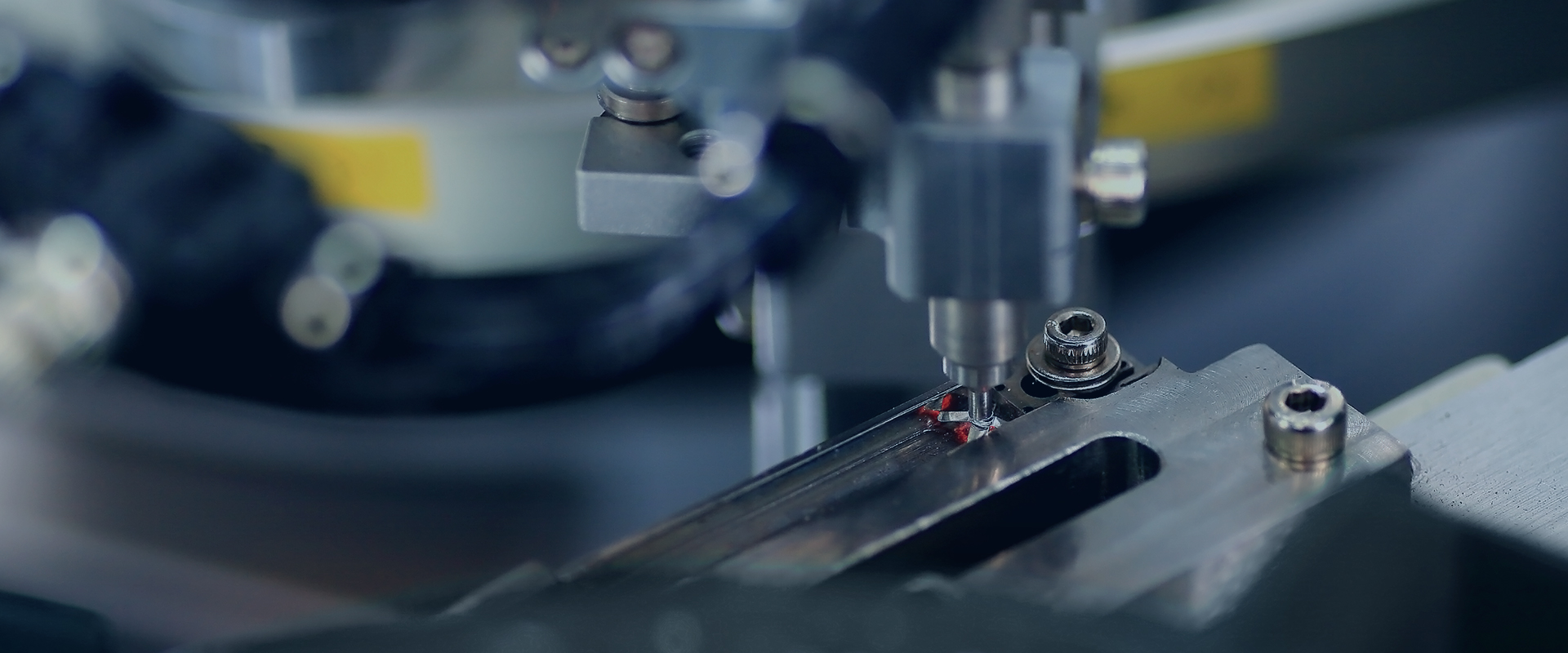Power supplies are critical components in various electrical and electronic systems, converting and regulating electrical energy to ensure devices operate efficiently and safely. However, power supplies are susceptible to overheating due to excessive load, poor ventilation, or component failure. Overheating can lead to reduced performance, system failure, or even fire hazards. Implementing a thermal protector is essential to prevent these risks and maintain the longevity and reliability of power supplies.
The Importance of Thermal Protection for Power Supplies
Power supplies generate heat as they operate, and without proper thermal management, they can overheat, causing various issues:
1. Preventing Overheating and Component Damage
Excessive heat can degrade components such as capacitors, resistors, and semiconductors, reducing the efficiency and lifespan of the power supply. A thermal protector detects high temperatures and interrupts the circuit or adjusts power flow to prevent further damage.
2. Enhancing System Reliability
An overheated power supply can cause system instability, resulting in voltage fluctuations, unexpected shutdowns, or failures. A thermal protector ensures consistent performance by maintaining safe operating temperatures.
3. Reducing Maintenance Costs and Downtime
Power supply failures due to overheating can lead to costly repairs and extended downtime. Integrating thermal protection minimizes these risks, reducing maintenance expenses and ensuring continuous operation.
4. Improving Energy Efficiency
Overheated components operate inefficiently, leading to higher energy consumption. By regulating temperature, a thermal protector ensures optimal power efficiency and reduces unnecessary energy waste.
5. Preventing Fire Hazards
Overheating can cause insulation breakdown, short circuits, and in extreme cases, fire. Thermal protectors act as a safeguard, cutting off power before reaching dangerous temperatures.
How a Thermal Protector Works in a Power Supply
Thermal protectors monitor temperature changes and respond by controlling power flow to prevent overheating. They typically function in the following ways:
1. Temperature Sensing
Thermal protectors use temperature-sensitive components, such as bimetallic strips or thermistors, to detect heat buildup in the power supply.
2. Circuit Interruption
When excessive heat is detected, the thermal protector interrupts the electrical circuit, shutting down the power supply to prevent further temperature rise.
3. Automatic or Manual Reset
Some thermal protectors automatically reset when temperatures return to safe levels, while others require manual intervention to restart, ensuring the issue is resolved before resuming operation.
Types of Thermal Protectors for Power Supplies
Different thermal protection devices are used based on the power supply’s design and application:
1. Bimetallic Thermal Protectors
These devices consist of a bimetal strip that bends when exposed to high temperatures, breaking the circuit. Once the power supply cools down, the strip returns to its original shape, restoring operation. These are widely used in household and industrial power supplies.
2. PTC (Positive Temperature Coefficient) Thermistors
PTC thermistors increase resistance as temperature rises, reducing current flow and limiting overheating. These are often used in switching power supplies and electronic circuits.
3. Thermal Fuses
Thermal fuses provide one-time protection by permanently breaking the circuit when a specific temperature threshold is reached. They are used in applications where overheating poses severe risks.
4. Electronic Thermal Sensors
Advanced thermal sensors monitor temperature in real time and integrate with control circuits to adjust power output dynamically. These are commonly found in high-end power supplies and smart energy systems.
Selecting the Right Thermal Protector for Your Power Supply
Choosing the appropriate thermal protection depends on several factors:
1. Power Supply Type and Application
Consider the environment in which the power supply operates. Industrial and high-power applications require robust thermal protection, while smaller electronic devices may use compact thermistors.
2. Operating Temperature Range
Ensure the thermal protector is rated for the expected temperature fluctuations in the power supply.
3. Response Time
Some applications require fast-response thermal protectors, especially in sensitive electronic circuits where quick shutdown is necessary to prevent damage.
4. Reset Type
Decide whether an automatic or manual reset function is more suitable for your application.
5. Compliance with Safety Standards
Ensure the thermal protector meets industry standards such as UL, IEC, and VDE to guarantee safety and reliability.
Thermal protectors are essential components for maintaining the safety, efficiency, and reliability of power supplies. By preventing overheating, they protect components from damage, reduce maintenance costs, and improve overall system performance. Selecting the right thermal protection for your power supply ensures long-term operational stability and safeguards against potential hazards. Whether for industrial, commercial, or household applications, investing in high-quality thermal protectors is a critical step in power supply design and maintenance.













 中文
中文 English
English Deutsch
Deutsch Italiano
Italiano 한국어
한국어 にほんご
にほんご


